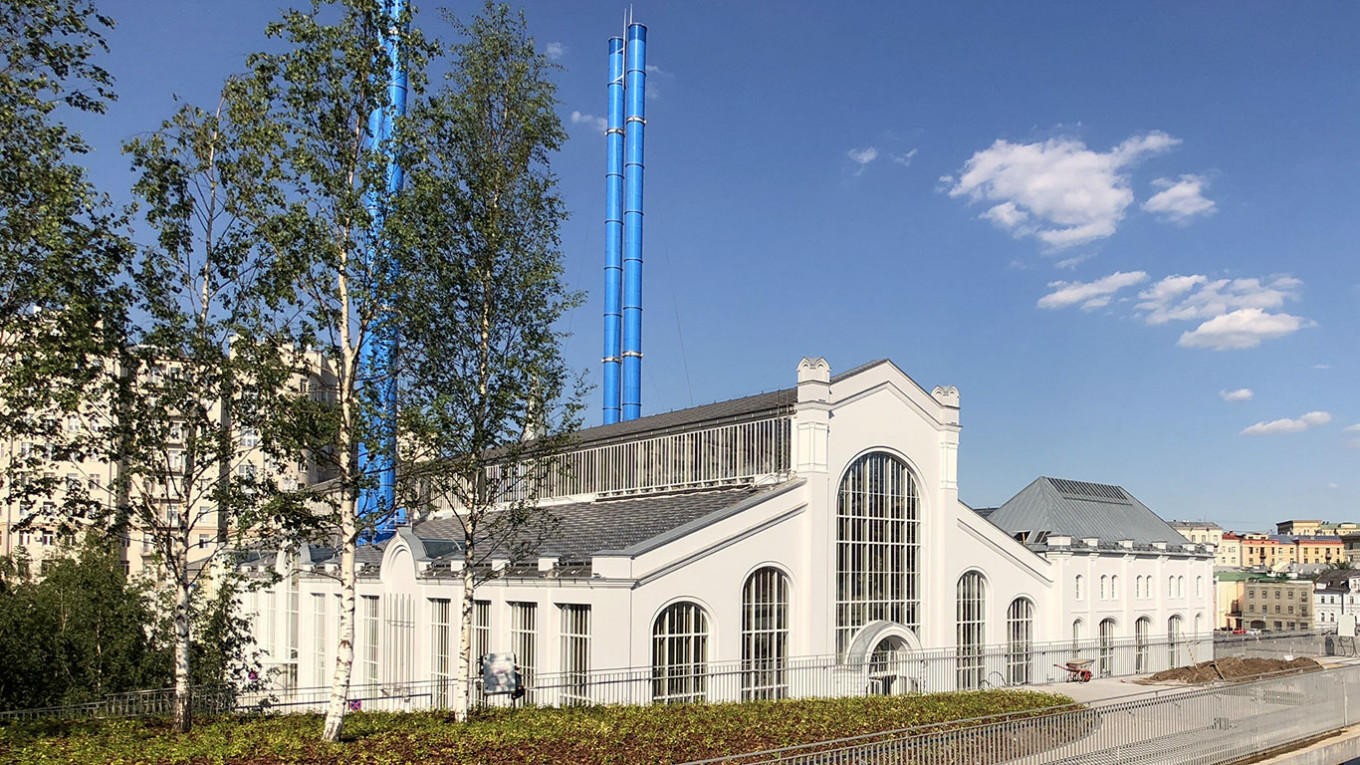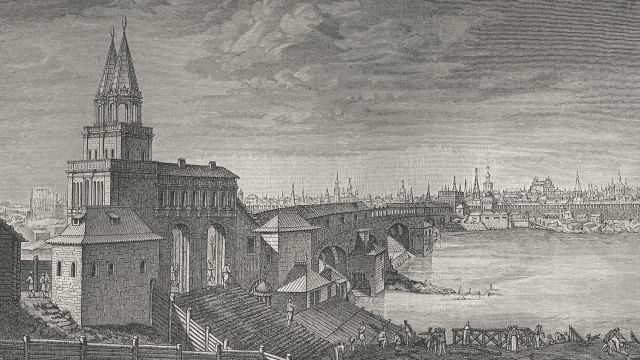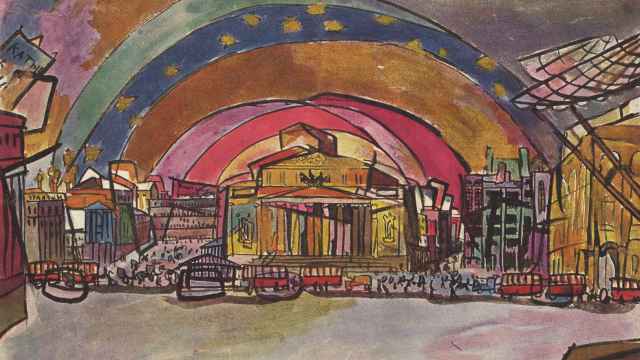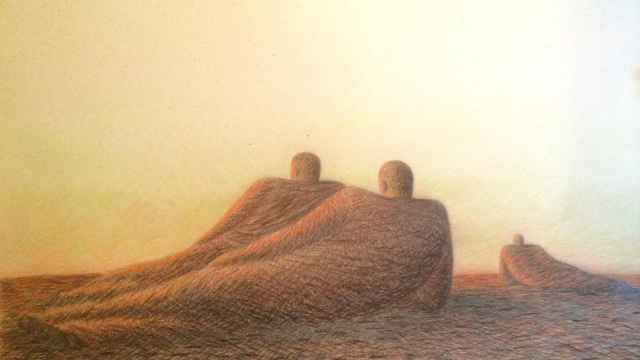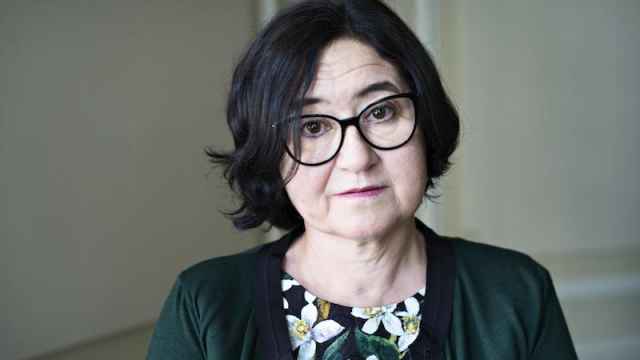This fall four of Moscow’s leading museums — the State Pushkin Museum of Fine Arts, the State Tretyakov Gallery, Garage Museum of Contemporary Art and the soon-to-open GES-2 House of Culture — have joined together to form a new kind of association called M4.
M4 is, in the words of Pushkin Museum director Marina Loshak, a formal recognition of the cooperation these four museums have had for a long time. “M4 is the most we can do to join together at present,” she said. “From the bureaucratic point of view, museums can’t combine. For example, it’s still impossible to buy one ticket to all the museums at one time. But we could create an inter-museum team of lawyers, managers, curators and inclusion specialists.”
“We’re letting visitors and tourists know that there are four museums, and if you go in every one of them, you’ll get a the whole picture, as it were — the history of art. We have branches outside Moscow, and they can use our experience, energy and inspiration to form similar associations far from us... so it’s bigger than just Moscow. It’s bigger than just four institutions that are located near each other.”
The geographical closeness of the museums sparked the idea of creating M4. All of them are close to the Moscow River, so the first idea for joint projects was a series of curated walks to see important sites near the museums and the riverfront. At present four walks are being conducted, but more will be added over time.
The Pushkin Museum walk is an audio-play called “Giant Vegetables” directed by Semyon Alexandrovsky. Various storytellers – former employees of the museum, a philosopher, a waitress, a tour conductor and other Muscovites – recall the mysterious appearance of giant pumpkins in the center of Moscow and their equally mysterious disappearance. This is a true story: In the summer of 1994 pumpkins began to break through the pavement and grow, although no one seems to have planted them. And then one day they all disappeared.
The Garage Museum of Contemporary Art walk was created by Anna Bronovitskaya, who is a historian of architecture. The tour looks at the museum building and the most architecturally important structures nearby.
The Tretyakov Gallery route is also architectural. Tatiana Yudenkova, who works at the museum and has a doctorate in art history, pulled together the story of the museums, mansions, former factories and other buildings nearby. But they are described in terms of their owners, who were all patrons of the arts.
The GES-2 tour covers eight spots chosen by artist Anastasia Ryabova not for their significance but because together the form a cube — a metaphor for how the chaos of city life creates, in the end, a single harmonious pattern.
Why join together?
Most of the world’s cultural capitals have museum clusters: Museum Island in Berlin, the Museum Quarter in Vienna; the Museum Mile in London and New York, and the Museum Embankment in Frankfurt-on-Main. Today’s urban planners believe that development in clusters helps draw tourists more quickly and makes a neighborhood or city more attractive to residents, guests, and investors.
Liza Savina, the "commissar" of the platform Smart Urban, told The Moscow Times, “Clusters bring positive results when you are organizing urban space. For example, if you just put a monument on a square, it’s unlikely to influence quality of life or the economy. But if you connect that monument to a project that brings together related disciplines of creative and supporting industries (restaurants, hotels, additional services), then it has an effect. It’s important not to just fill in a space. You have to make it livable, or in other words, fill it with events.”
“If you leave that element out,” she continued, “it might turn out like it did in Tula. They opened a cultural cluster with the innovative Museum of Power Tools in unused shops of a working factory, Oktava, which makes electroacoustic equipment. But they didn’t come up with any events. As a result, the cluster is not as popular as it might be,” she said.
An example of a well thought-out event schedule and successful implementation of the idea of a cluster is Sevkabel in St. Petersburg, which is visited by 50,000 people a week. The cable factory, which dates back to the Siemens &Halske enterprise of the 19th century (now just called Siemens), gave over part of their factory space to artistic and cultural events. The place is especially popular because it is right on a beautifully designed boardwalk on the Bay of Finland.
Hermitage director Mikhail Piotrovsky is convinced that museums must be a living part of the cityscape. As he told Vedomosti, “St. Petersburg is a museum city. A museum city is fine, but you can’t live in a museum. You can, however, live across from a museum... Our development strategy includes proposals to move the museum out into the public space, to hold events, get-togethers for young people, sports events and other activities. Everywhere.”
Moscow is developing other museum clusters, too. The new branch of the Hermitage in Moscow will be in part of ZILART, and there are already museum quarters around the Pushkin Museum, as well as near the State Historical Museum that includes St. Basil’s Cathedral, the monument to Minin and Pozharsky, and the Old Mint.
A Message from The Moscow Times:
Dear readers,
We are facing unprecedented challenges. Russia's Prosecutor General's Office has designated The Moscow Times as an "undesirable" organization, criminalizing our work and putting our staff at risk of prosecution. This follows our earlier unjust labeling as a "foreign agent."
These actions are direct attempts to silence independent journalism in Russia. The authorities claim our work "discredits the decisions of the Russian leadership." We see things differently: we strive to provide accurate, unbiased reporting on Russia.
We, the journalists of The Moscow Times, refuse to be silenced. But to continue our work, we need your help.
Your support, no matter how small, makes a world of difference. If you can, please support us monthly starting from just $2. It's quick to set up, and every contribution makes a significant impact.
By supporting The Moscow Times, you're defending open, independent journalism in the face of repression. Thank you for standing with us.
Remind me later.



